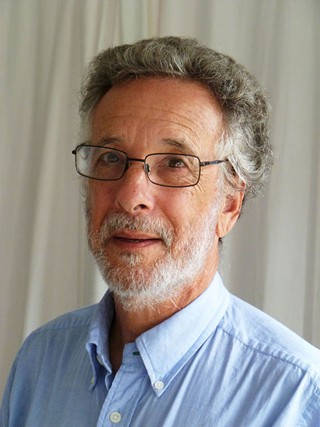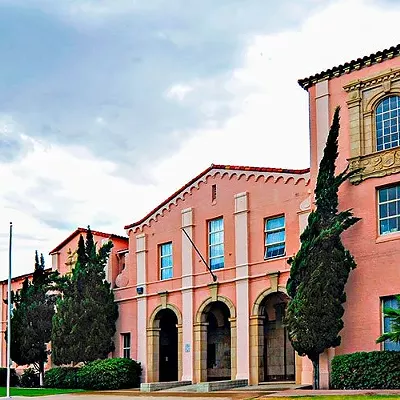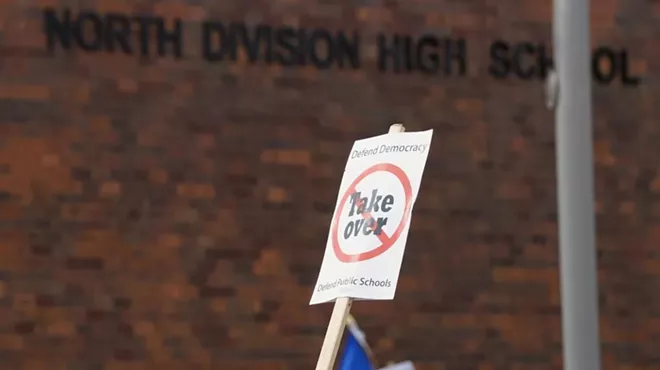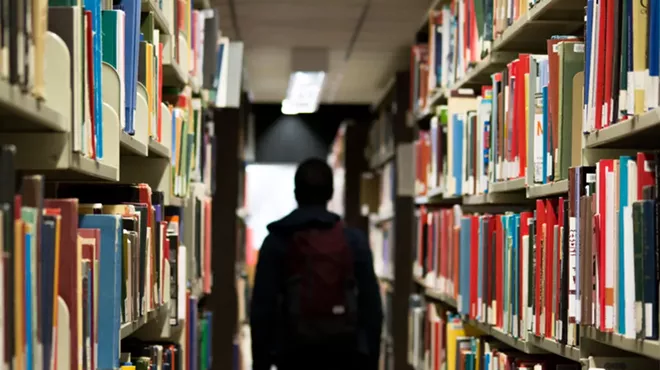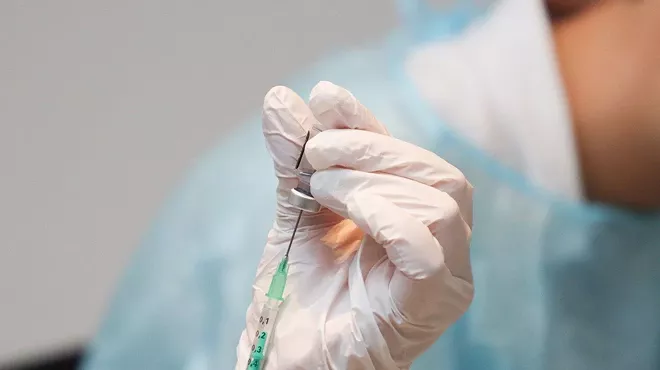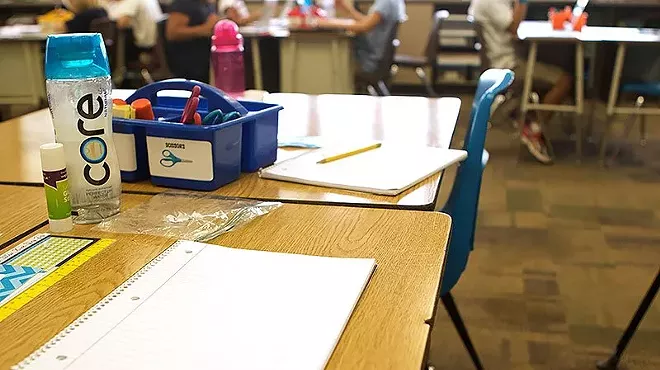Tuesday, July 1, 2014
New York City, Chicago and Tucson's University High

- Image courtesy of shutterstock.com
Part of TUSD's desegregation order is that University High School's student population must resemble the district's student population more closely. Currently, just over 30 percent of UHS students are Hispanic, compared with over 60 percent of the entire TUSD student population. The school has made a timid expansion of its admissions requirements this year, but more will be needed.
TUSD's problem is far from unique. According to a New York Times op ed last week, NYC's eight elite public high schools are only 5 percent African American and 7 percent Hispanic, compared to a 70 percent combined African American and Hispanic student population overall. Bill de Blasio, NYC's new mayor, who has a great deal of control over what goes on in the city's schools, is working to broaden the admissions standards. He's looking to add factors like students' GPA, state exam scores and attendance to the current admissions test. None of that has happened yet.
The op ed goes on to talk about what Chicago has done to increase the diversity of its selective schools.
Under the policy we developed, 30 percent of students are admitted to Chicago’s highly selective high schools (such as Walter Payton College Prep) based strictly on the traditional criteria of grades and test scores. The remaining seats are allocated to the highest-scoring students from four different socioeconomic tiers, under the premise that students in the poorest parts of the city who score modestly lower on standardized tests have a lot to offer, given the obstacles they’ve had to overcome.
The policy has resulted in a situation similar to where University High is today, percentage-wise. The percentage of minority students at Chicago's selective schools is about half that of the total student population.
It surprises me that, compared to the specialty schools in NYC and Chicago, TUSD's UHS is doing reasonably well in terms of ethnic diversity. Obviously not good enough, but comparatively well. Chicago's example shows ways UHS can get closer to the ethnic mix of the rest of the district by broadening its admissions criteria. TUSD needs to move that process along as quickly as possible.
But it's not just about broadening the admissions criteria and increasing the number of minority students in the school's freshman class. A significant chunk of deseg money needs to follow the new group of students to increase their chances of success, especially in the critical first few weeks of school and the entire freshman year. Tutoring, counseling and general support services have to be offered to the new students to help them acclimate to the academic and social world of the school. And some of that deseg money needs to help the school adapt its academic and social world to better serve a more diverse student body. It's got to be a two way street.
Tags: TUSD , University High School , Desegregation order , New York City schools , Chicago schools


